
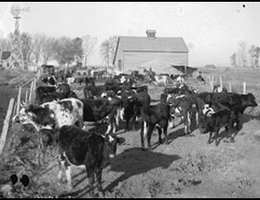
In the 1870s, Americans’ taste for beef became more refined. The Texas Longhorn, the animal that could take care of itself, produced lean and tough meat. Americans wanted the more tender and flavorful meat produced by breeds like Hereford and Angus.
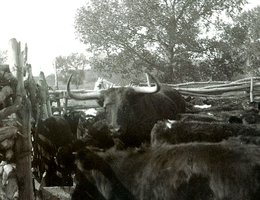
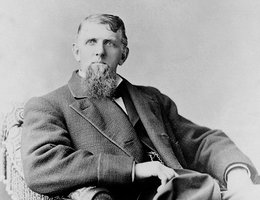
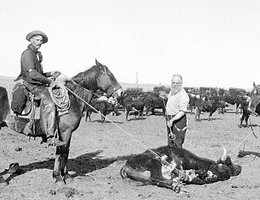
When early ranches were created in western Nebraska, they followed this Spanish-Texan model. Cattle roamed on huge tracts of land. For example, an early Nebraska rancher, John Bratt, had a ranch that extended from North Platte to the Republican River.
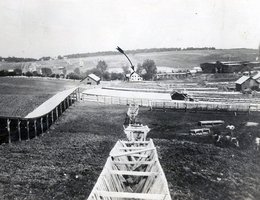
In 1884, a group of investors built cattle pens on 10 acres of ground. Then, just two years later, the investors built the Livestock Exchange building. As the stockyards grew quickly, so did the number of animals it processed. Soon meatpackers set up packing plants near the yards. By 1890, South Omaha was the center of an expanding western meat industry. The stockyards and packing plants became essential to the city of Omaha’s economy.